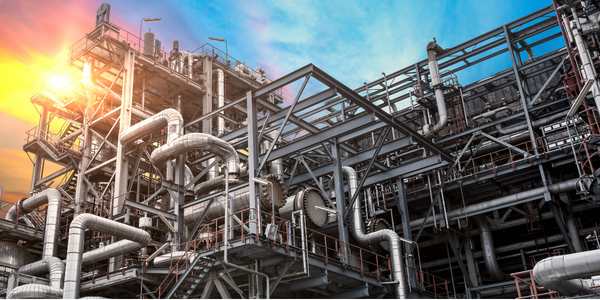Technology Category
- Analytics & Modeling - Digital Twin / Simulation
- Sensors - Utility Meters
Applicable Industries
- Cement
- Oil & Gas
Applicable Functions
- Product Research & Development
- Quality Assurance
Use Cases
- Virtual Prototyping & Product Testing
- Virtual Reality
Services
- System Integration
- Testing & Certification
About The Customer
Baker Hughes is one of the world’s leading suppliers of oilfield services, products, technology, and systems. The company operates globally with nearly 59,000 employees and is headquartered in Houston, Texas. It recently recorded $21.4 billion in annual revenue from sales of both services and highly innovative products for the world’s oil and natural gas industry. Baker Hughes customers operate in a challenging market, drilling offshore in deep water and arctic regions, perfecting shale and hydraulic fracturing techniques, and consistently complying with strict environmental and safety regulations. They also have to manage technological challenges such as ever-deeper wells, extreme pressures and temperatures, and unconventional geological variations.
The Challenge
Baker Hughes, a leading supplier of oilfield services, products, technology, and systems, faced a significant challenge in validating an advanced oil well liner. The company's customers operate in a challenging market, drilling offshore in deep water and arctic regions, perfecting shale and hydraulic fracturing techniques, and consistently complying with strict environmental and safety regulations. They also have to manage technological challenges such as ever-deeper wells, extreme pressures and temperatures, and unconventional geological variations. Product reliability, safety, speed to market, and cost control are all vital to the industry’s success. To remain competitive, oil and gas service companies must ensure that the right products are built reliably and meet customer expectations ahead of those from competitors. The challenge of creating a cost-effective, safe, and reliable expandable liner hanger required the use of simulation throughout the product development process.
The Solution
Baker Hughes turned to FEA simulation that incorporated HyperWorks computer-aided engineering tools from Altair to capitalize on simulation’s many benefits in the product development cycle. The company relied on a seven-step methodology to verify and validate an expandable liner hanger virtual simulation model. Developers built an FEA model, then verified that model against past experience, judgment, hand calculations, and test data for similar products. The model was refined, if necessary, and an optional reliability assessment step was executed utilizing the design of experiments (DOE) technique, leading to more refinements and optimization that were re-verified. Next, simulation model results were validated against physical prototype test data. Analysts progressed back and forth between steps to build, verify, and validate data until results represented real behavior and produced high-quality correlations with physical prototype tests. Once the validated simulation model was prepared, further design evaluations and performance predictions could be completed with confidence.
Operational Impact
Quantitative Benefit

Case Study missing?
Start adding your own!
Register with your work email and create a new case study profile for your business.
Related Case Studies.

Case Study
Taking Oil and Gas Exploration to the Next Level
DownUnder GeoSolutions (DUG) wanted to increase computing performance by 5 to 10 times to improve seismic processing. The solution must build on current architecture software investments without sacrificing existing software and scale computing without scaling IT infrastructure costs.

Case Study
Remote Wellhead Monitoring
Each wellhead was equipped with various sensors and meters that needed to be monitored and controlled from a central HMI, often miles away from the assets in the field. Redundant solar and wind generators were installed at each wellhead to support the electrical needs of the pumpstations, temperature meters, cameras, and cellular modules. In addition to asset management and remote control capabilities, data logging for remote surveillance and alarm notifications was a key demand from the customer. Terra Ferma’s solution needed to be power efficient, reliable, and capable of supporting high-bandwidth data-feeds. They needed a multi-link cellular connection to a central server that sustained reliable and redundant monitoring and control of flow meters, temperature sensors, power supply, and event-logging; including video and image files. This open-standard network needed to interface with the existing SCADA and proprietary network management software.

Case Study
System 800xA at Indian Cement Plants
Chettinad Cement recognized that further efficiencies could be achieved in its cement manufacturing process. It looked to investing in comprehensive operational and control technologies to manage and derive productivity and energy efficiency gains from the assets on Line 2, their second plant in India.

Case Study
Refinery Saves Over $700,000 with Smart Wireless
One of the largest petroleum refineries in the world is equipped to refine various types of crude oil and manufacture various grades of fuel from motor gasoline to Aviation Turbine Fuel. Due to wear and tear, eight hydrogen valves in each refinery were leaking, and each cost $1800 per ton of hydrogen vented. The plant also had leakage on nearly 30 flare control hydrocarbon valves. The refinery wanted a continuous, online monitoring system that could catch leaks early, minimize hydrogen and hydrocarbon production losses, and improve safety for maintenance.





